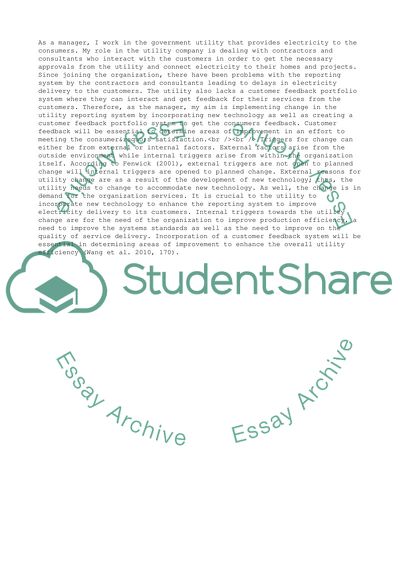Cite this document
(“ILM Level-2 (Understading Change in the workplace) Assignment”, n.d.)
ILM Level-2 (Understading Change in the workplace) Assignment. Retrieved from https://studentshare.org/management/1678514-ilm-level-2-understading-change-in-the-workplace
ILM Level-2 (Understading Change in the workplace) Assignment. Retrieved from https://studentshare.org/management/1678514-ilm-level-2-understading-change-in-the-workplace
(ILM Level-2 (Understading Change in the Workplace) Assignment)
ILM Level-2 (Understading Change in the Workplace) Assignment. https://studentshare.org/management/1678514-ilm-level-2-understading-change-in-the-workplace.
ILM Level-2 (Understading Change in the Workplace) Assignment. https://studentshare.org/management/1678514-ilm-level-2-understading-change-in-the-workplace.
“ILM Level-2 (Understading Change in the Workplace) Assignment”, n.d. https://studentshare.org/management/1678514-ilm-level-2-understading-change-in-the-workplace.


